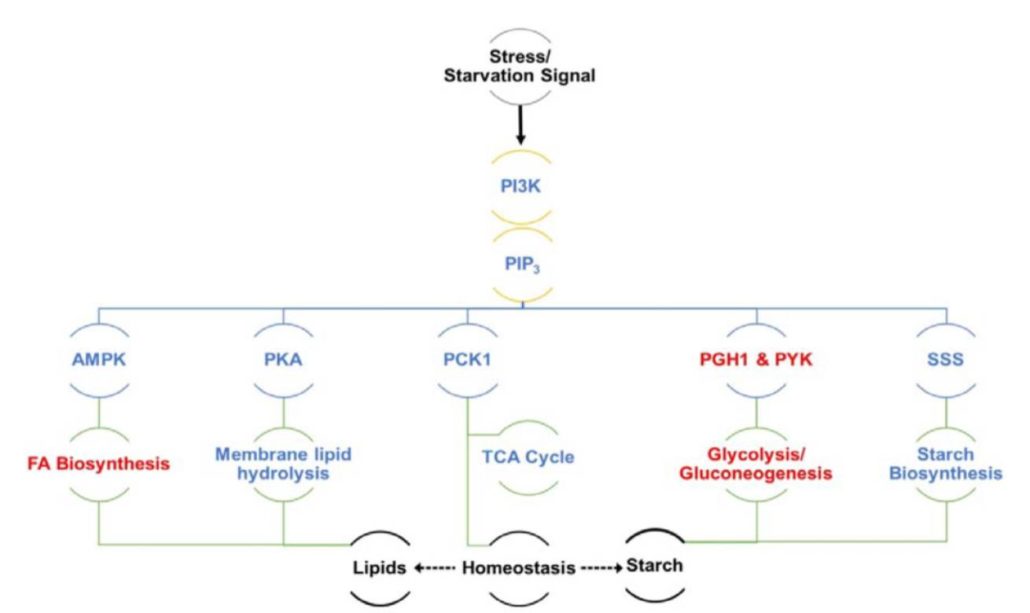
A Molecular Gatekeeper of Algal Biofuel Synthesis
Plant Physiology, Plant Physiology: On The InsideAlgae undergo a complete metabolic transformation under stress by arresting cell growth, inducing autophagy, and hyper-accumulating biofuel precursors such as triacylglycerols and starch. However, the regulatory mechanisms behind this stress-induced transformation are still unclear. Understanding the signaling…
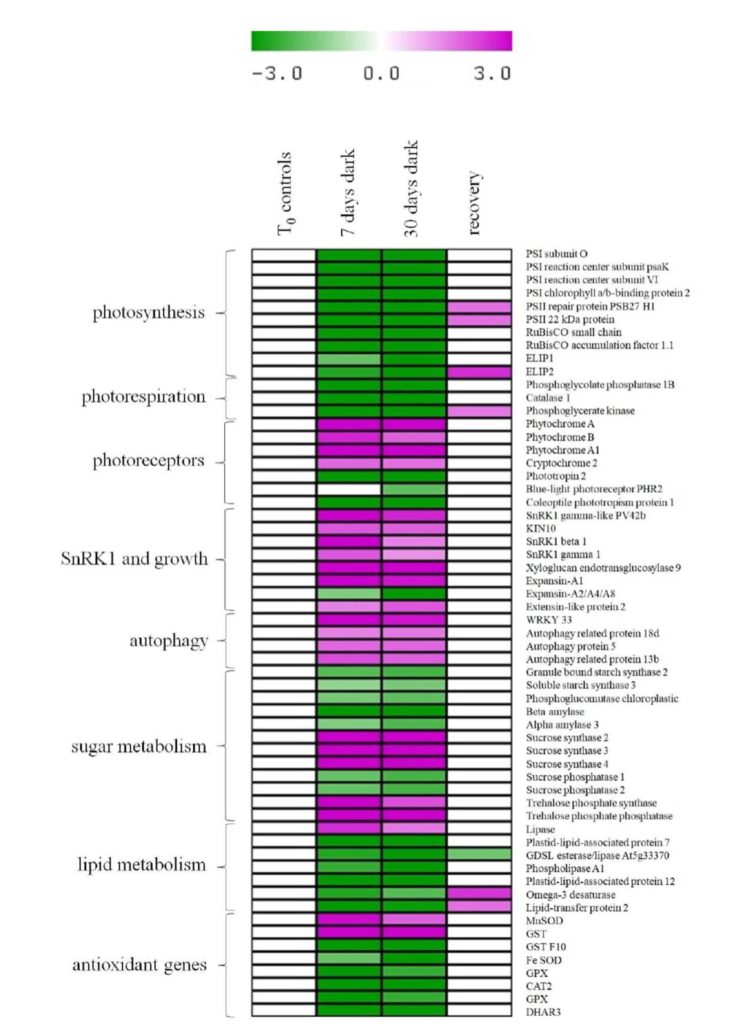
How Does a Plant Tolerate Prolonged Darkness?
Plant Physiology, Plant Physiology: On The InsideThe exposure of plants to prolonged darkness leads to the exhaustion of starch reserves and carbon and energy starvation. In such cases, plants must use alternative nutrient and energy sources to survive. Autophagy is an important mechanism that breaks down proteins and lipids and thereby provides the…
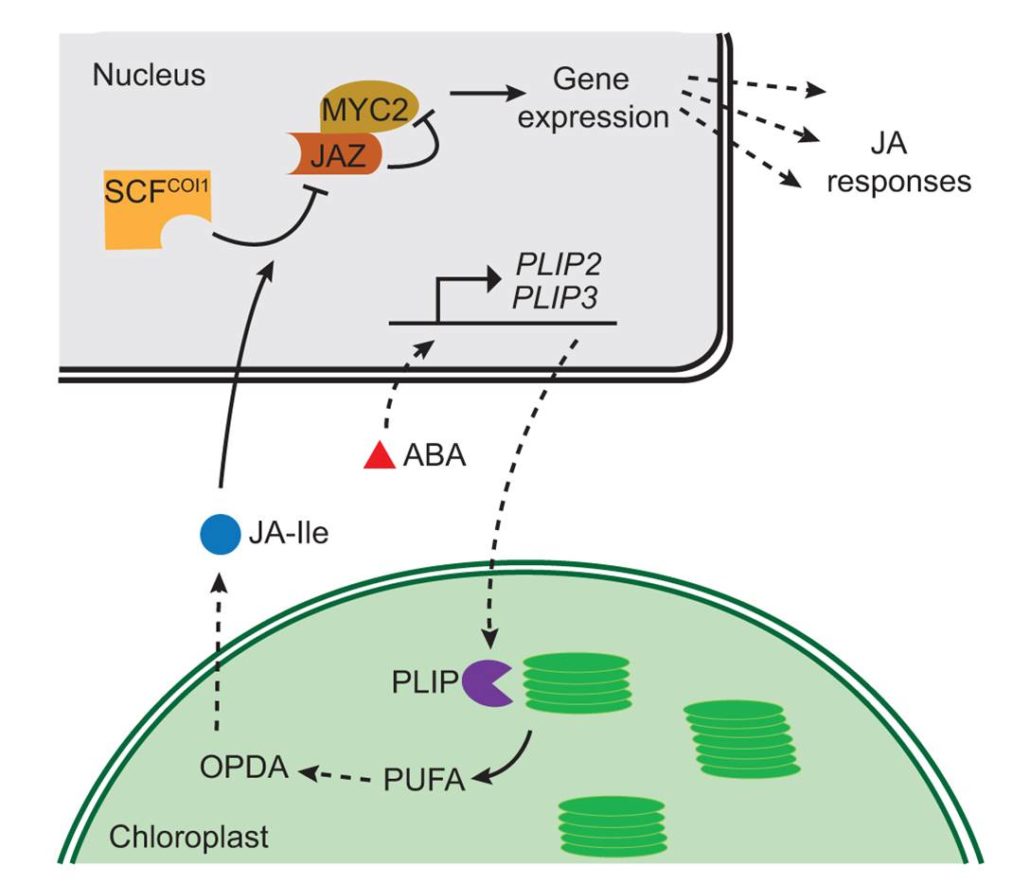
The Lipase Link: Abscisic Acid Induces PLASTID LIPASES, Which Produce Jasmonic Acid Precursors
Blog, Research, The Plant Cell, The Plant Cell: In BriefCrosstalk, crosstalk— it’s a word that keeps coming up. Indeed, and perhaps not surprisingly, plant hormone signaling pathways all seem to affect each other to some extent. For example, the MYC2 transcription factor plays roles in abscisic acid (ABA) and jasmonic acid (JA) signaling in the response…
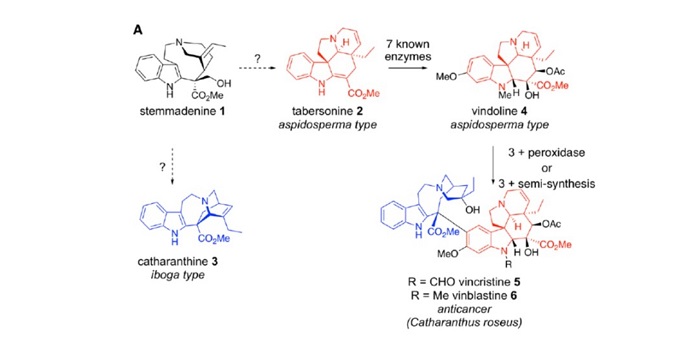
Missing enzymes in the biosynthesis of the anticancer drug vinblastine in Madagascar periwinkle ($) (Science)
Plant Science Research WeeklyPlants make some amazing biologically active natural products, many with impressive applications such as vinblastine, a product of Catharantus roseus (Madagascar periwinkle). Caputi et al. identified key enzymes in vinblastine synthesis, opening the door for its production in alternative systems and…

Drugs Triggering Oil Accumulation in a Diatom
Plant Physiology, Plant Physiology: On The InsideOils composed of triacylglycerols (TAGs) have a broad range of applications, ranging from foods to biofuels. Microalgae are promising feedstocks for the production of (TAGs) but obtaining high yields of TAGs is challenging. Conte et al. (10.1104/pp.17.01804) have developed a phenotypic assay for the…
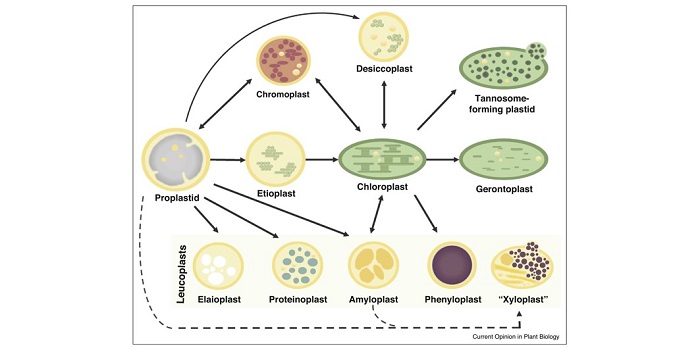
Review: A newly proposed plastid: the xyloplast (Curr. Opin. Plant Biol.) ($)
Plant Science Research WeeklyIn its simplest definition, a plastid is an organelle that manufactures and stores essential chemical compounds used by its host cell. Numerous plastids exist beyond the familiar chloroplast. Chromoplasts synthesise and store carotenoid pigments, and provide their hosts with district yellow, orange or…

Leaf Metabolism in Response to Dark
Plant Physiology, Plant Physiology: On The Inside, ResearchOne of the more prevalent methods used to initiate plant senescence under laboratory conditions is to grow plants in prolonged dark conditions. The course of “dark-induced senescence” depends upon whether individual leaves on the plant or the entire plant is darkened: an individually darkened leaf…

Commentary: The discovery of nickel hyperaccumulation in the New Caledonian tree Pycnandra acuminata 40 years on: an introduction to a Virtual Issue (OA)
Plant Science Research WeeklyA Commentary by Jaffé et al. introduces a New Phytologist Virtual Issue on the curious and fascinating plants that hyperaccumulate metals. These diverse species have shed light on metal transporter proteins and mechanisms of metal tolerance, on the ecological function of metal hyperaccumulation (possibly…
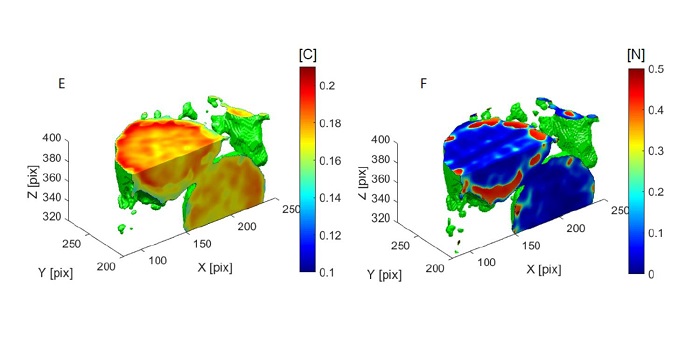
Breakthrough Technology: Soft X-ray imaging of cellular carbon and nitrogen distributions in cyanobacteria (Plant Phys)
Plant Science Research WeeklySoft X-ray imaging is a promising new technology that can be used to measure elemental compositions of living cells. By adjusting the energy (wavelength) of the incident X-rays, it is possible to specifically measure C or N, which have different photo-absorption edges. Teramoto et al. demonstrate the…

